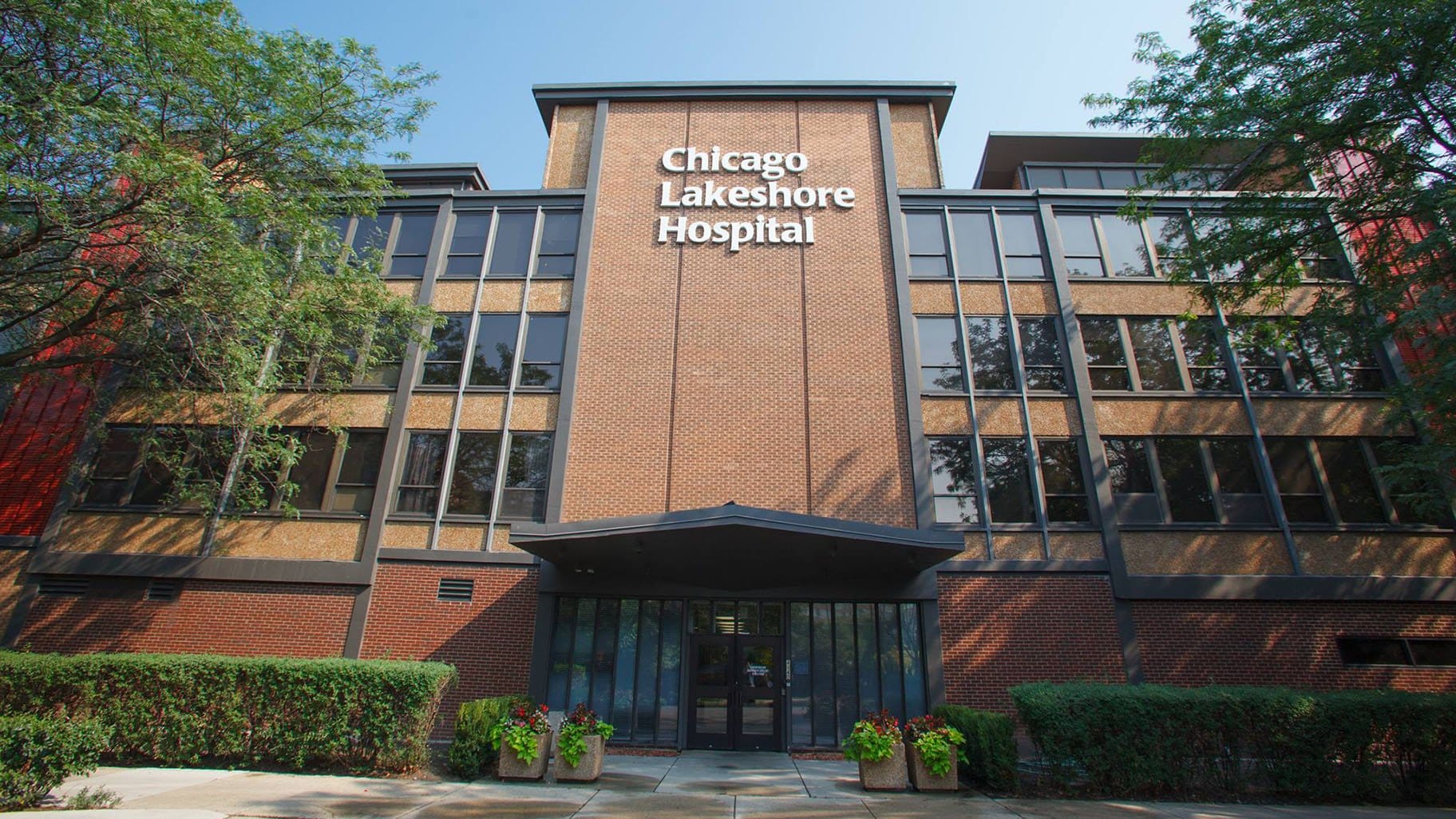The onset of the respiratory virus season in Chicago has brought with it a notable rise in cases of influenza and respiratory syncytial virus (RSV). Public health officials have been monitoring the situation closely, as the combination of these two viruses poses a significant threat to the health of the community, particularly among vulnerable populations such as young children, the elderly, and those with underlying health conditions.
The Centers for Disease Control and Prevention (CDC) has reported that flu activity has been increasing across the United States, with Chicago being no exception. Local hospitals have begun to see a rise in patients presenting with flu-like symptoms, and healthcare providers are urging residents to take preventive measures. The symptoms of influenza often include fever, cough, sore throat, body aches, and fatigue, which can lead to serious complications, especially in high-risk groups.
In addition to the flu, RSV has also seen a marked increase in cases. RSV is a common respiratory virus that typically causes mild, cold-like symptoms but can lead to more severe respiratory issues, particularly in infants and young children. Hospitals in Chicago have reported an uptick in admissions related to RSV, leading pediatricians to emphasize the importance of early recognition and intervention for those affected.
Health officials are particularly concerned about the overlap of flu and RSV cases during this respiratory virus season. The simultaneous circulation of these viruses can strain healthcare resources and complicate the management of patients presenting with respiratory illnesses. Hospitals are preparing for the potential influx of patients by ensuring adequate staffing and resources to handle the increased demand.
Vaccination remains a crucial tool in combating the spread of influenza. Public health campaigns are underway to encourage residents to get their flu shots, as vaccination has been shown to reduce the severity of illness and prevent complications. Healthcare providers are also advising that those eligible for the RSV vaccine, particularly infants and young children, receive it to provide additional protection against this virus.
In addition to vaccination, health officials are recommending several preventive measures to help curb the spread of respiratory viruses. These include practicing good hand hygiene, wearing masks in crowded settings, and staying home when feeling unwell. Community awareness and education are vital in empowering individuals to take proactive steps to protect themselves and others.
The rise in flu and RSV cases is not isolated to Chicago; it reflects a broader trend observed across various regions in the United States. Seasonal respiratory viruses often see fluctuations in activity, influenced by factors such as weather changes and social behavior. As more people gather indoors during colder months, the likelihood of virus transmission increases, making it essential for communities to remain vigilant.
Public health experts are closely monitoring the situation and are prepared to adjust recommendations as necessary. They emphasize the importance of staying informed about local health advisories and participating in community health initiatives. Residents are encouraged to report any unusual spikes in respiratory illness to their healthcare providers to aid in tracking the spread of these viruses.
As the respiratory virus season continues, the collaboration between healthcare providers, public health officials, and the community will be critical in managing the situation. The collective efforts to promote vaccination, implement preventive measures, and raise awareness about the symptoms and risks associated with flu and RSV can help mitigate the impact of these viruses on public health.
In conclusion, the significant rise in flu and RSV cases in Chicago underscores the importance of community health initiatives and individual responsibility in combating respiratory viruses. With the right measures in place, it is possible to navigate this challenging season while protecting the health of the community.



